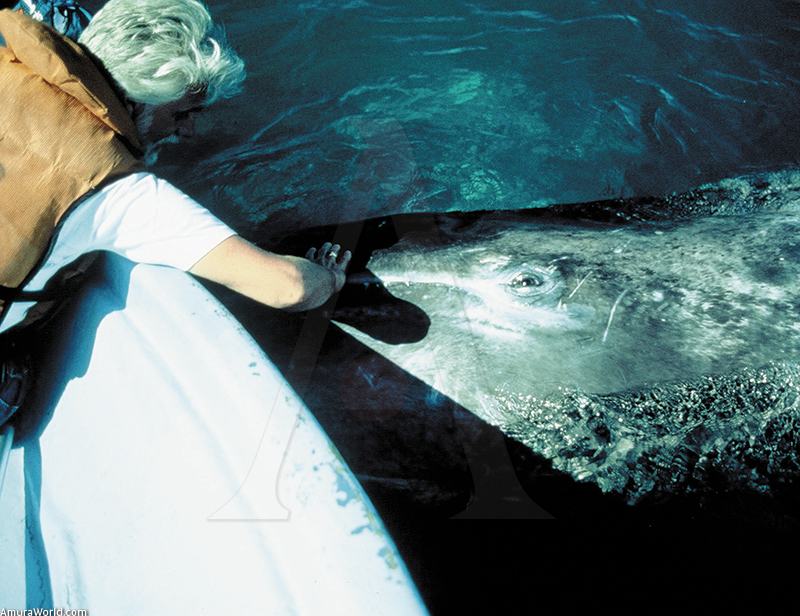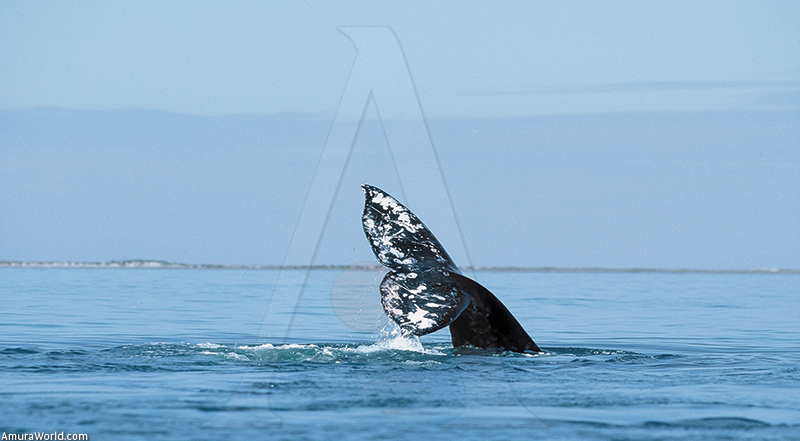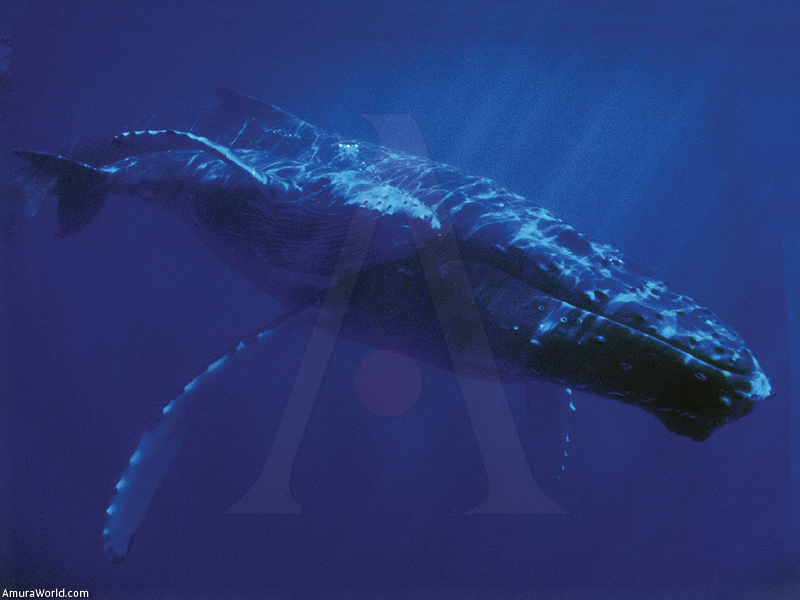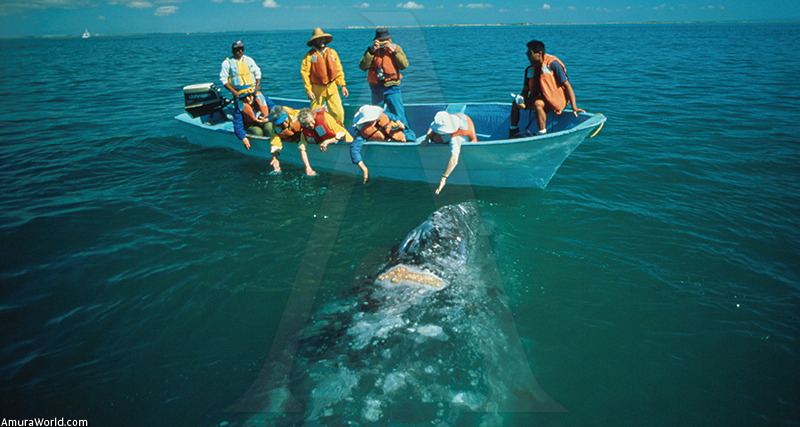Los Cabos is remarkable, geographically speaking, because it is located right where the Pacific and the Sea of Cortez meet. Jacques Cousteau, the renowned diver, as well as other adventurers, have described it as one of the world’s richest and most biodiverse regions. It is know as the “World’s Aquarium."
One of its riches are the gray whales who have adopted Mexico to show off their incomparable beauty. In 1972, Mexico was the first country in the world to establish a whale sanctuary precisely in Baja California Sur. The Mexican government, both federal and state, is concerned with the care and protection of the gray whale and is paying particular attention to maintaining these reserves and sanctuaries.
Of the 11 whale species that exist in the world, eight can be seen in our country. Los Cabos is one of the best places to spot the gray whale and this is one of the reasons why local and international visitors flock here. The blue waters, chock full of marine life, are the perfect setting for these playful cetaceans who come to Mexico, year after year, putting on a majestic, unique, exciting spectacle for enthusiastic human spectators.
The gray whale is a mammal belonging to the cetacean family. Its natural color is black though, at a distance, it looks gray due to the organisms that stick to its skin. In place of teeth it has elastic baleen plates with which they filter their food, selecting it by size because its throat and digestive tract are very narrow. An adult whale measures from 11 to 12 meters (36 to 39 feet) and can weigh over 40 metric tons. A newborn calf measures from four to five meters (13 to 16 feet) and weighs from 750 kilograms (1,653 pounds) to a metric ton. The gray whales that reach Mexican shores do so after a long journey. Starting in Alaska, where they flee from hunters like orcas, sharks and also human beings, they travel close to 10,000 kilometers (62,137 miles).
Since time immemorial, they have crossed these great distances searching for shallower waters high in salt, like those of Los Cabos. Once there, they mate and give birth to their calves in the calm waters.
This destination offers them a safe shelter for reproducing and for their “love dance". It is also a wonderful space for them to practice breaching, supporting their over 40 metric tons on their tale so they can gaze above the water and leap joyfully. It is amazing to see an adult whale leaping and playing with its calf or how the curious, unconcerned babies approach the boats so close that sometimes the passengers can touch them.
The number of sightings of this unique and marvelous spectacle in Los Cabos has made Mexico a household name among animal lovers around the world. Gray whale watching in Baja California Sur is best from December to March.
Text: Germán Nájera ± Photo: Proyecta, Consejo de Promoción Turística, W






